
The 2-Minute Resume Formula That Gets 73% More Interviews
A fast, ATS friendly resume framework that mirrors job descriptions and boosts interview callbacks.

A fast, ATS friendly resume framework that mirrors job descriptions and boosts interview callbacks.
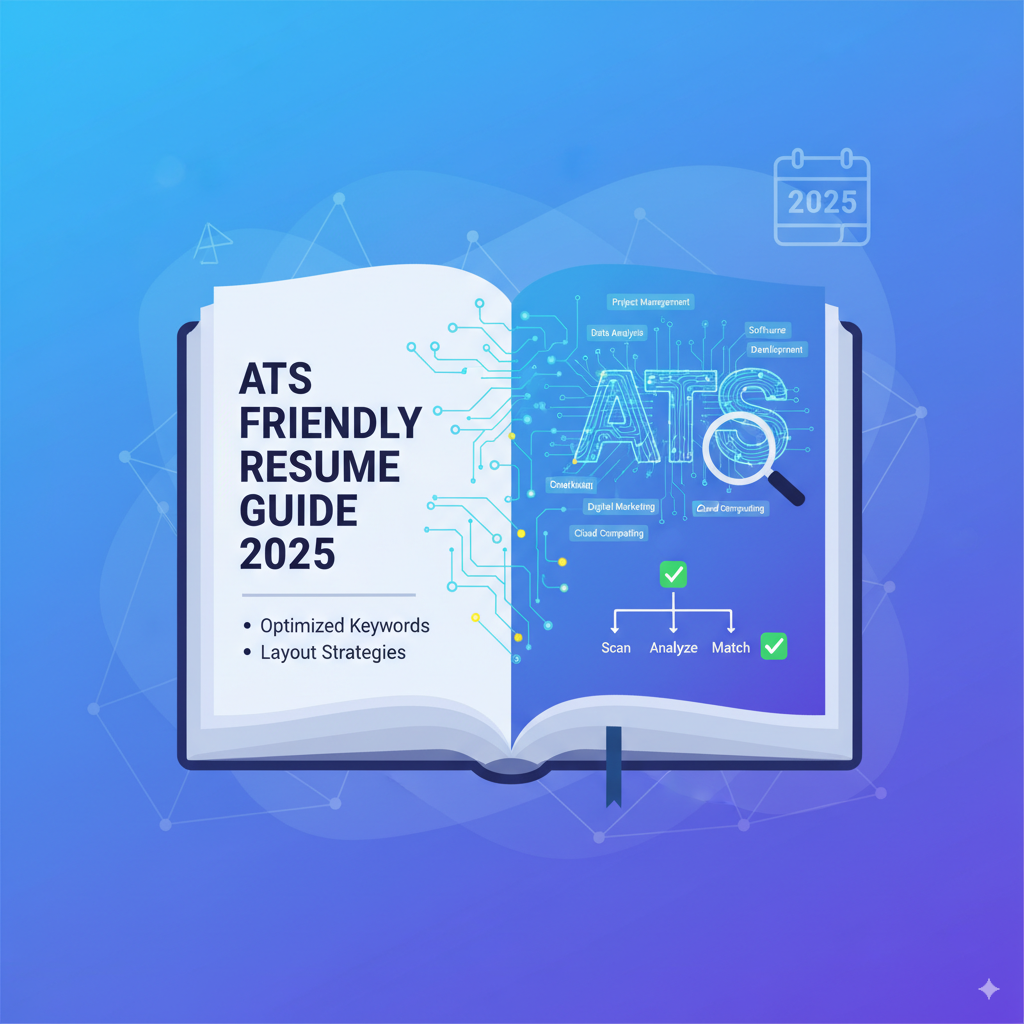
Navigating today's job market means outsmarting automated screening systems first. With 90%+ of employers using ATS technology in 2026, your resume must speak machine language before reaching human eyes. This comprehensive guide reveals how to craft an ATS friendly resume that conquers digital gatekeepers and secures interviews.

Contemporary job market success hinges on optimization velocity, automated system compatibility, and strategic keyword integration. This comprehensive analysis reveals where intelligent resume platforms, including ](https://www.cv by jd.com/), deliver superior results compared to traditional manual approaches—plus optimal hybrid strategies.

Contemporary recruitment practices emphasize competency validation over traditional credentials (67%). Automated screening systems parse for precise terminology and platform specifications. In today's saturated market, linguistic alignment with employer requirements creates decisive competitive advantage.

Contemporary employers demand measurable impact over task descriptions. Quantified accomplishments demonstrate tangible value and differentiate candidates in competitive markets. Discover systematic approaches to transforming everyday responsibilities into compelling, metrics driven achievements that capture attention.

Visual appeal becomes irrelevant when automated systems cannot process your content effectively. Today's most successful resume templates prioritize parsing compatibility through minimalist, linear design principles that ensure your accomplishments reach decision makers successfully.

Professional transitions present unique challenges that require strategic positioning and narrative refinement. Today's competency focused hiring environment creates unprecedented opportunities for career pivots. This comprehensive guide demonstrates how to reframe experience, showcase transferable skills, and navigate ATS requirements for successful industry transitions.

Global remote opportunities intensify competition while expanding possibilities across geographic boundaries. Contemporary selection processes emphasize technical proficiency, cultural adaptability, and distributed collaboration capabilities. Master the strategies for creating remote optimized resumes that excel in international talent pools.

Launching a professional career requires strategic positioning when traditional experience metrics seem insufficient. Automated screening systems present additional challenges for emerging professionals. Transform academic projects, internships, and skill development into compelling entry level resume content that demonstrates readiness and potential.
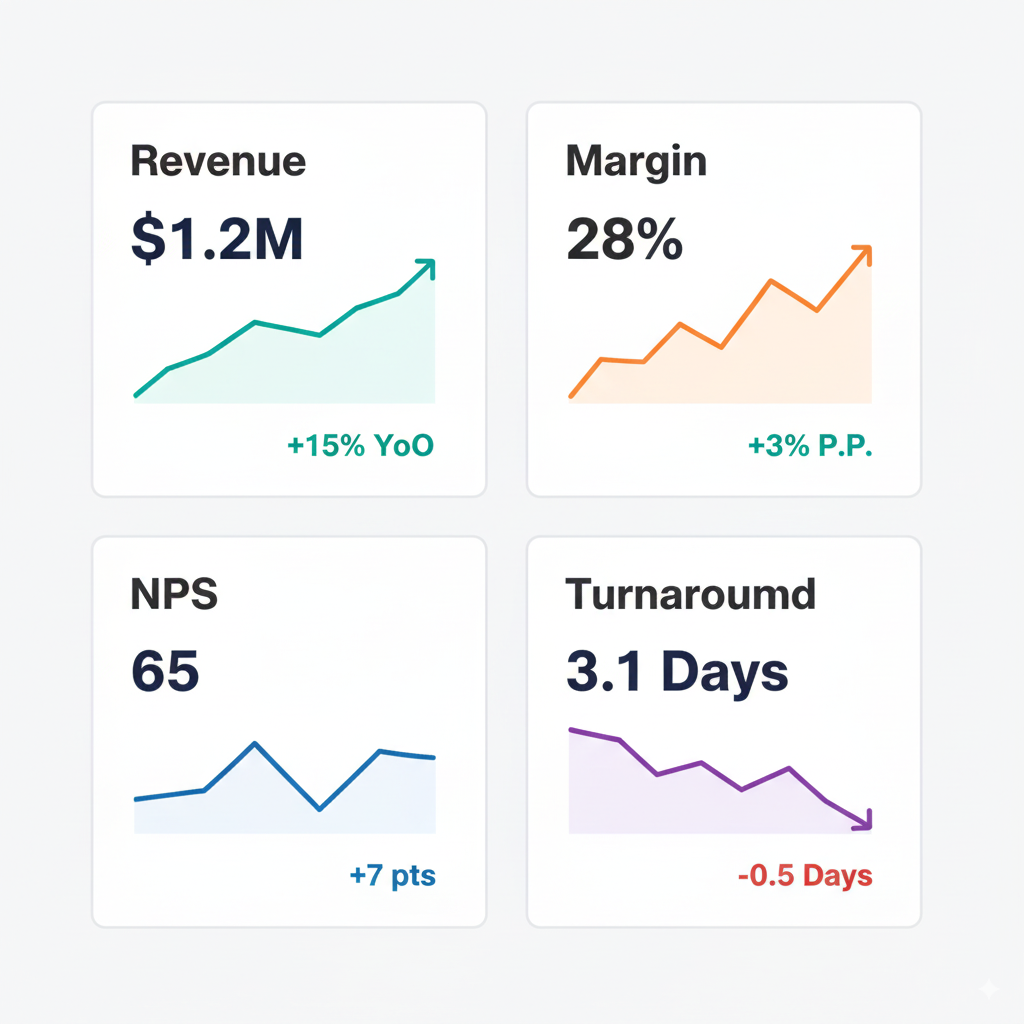
Senior leadership positions demand strategic documentation that mirrors investment proposals: demonstrable outcomes, financial impact, and organizational transformation. Contemporary executive recruitment combines automated screening with rigorous board level evaluation, requiring resumes that excel across technical parsing and strategic narrative excellence.
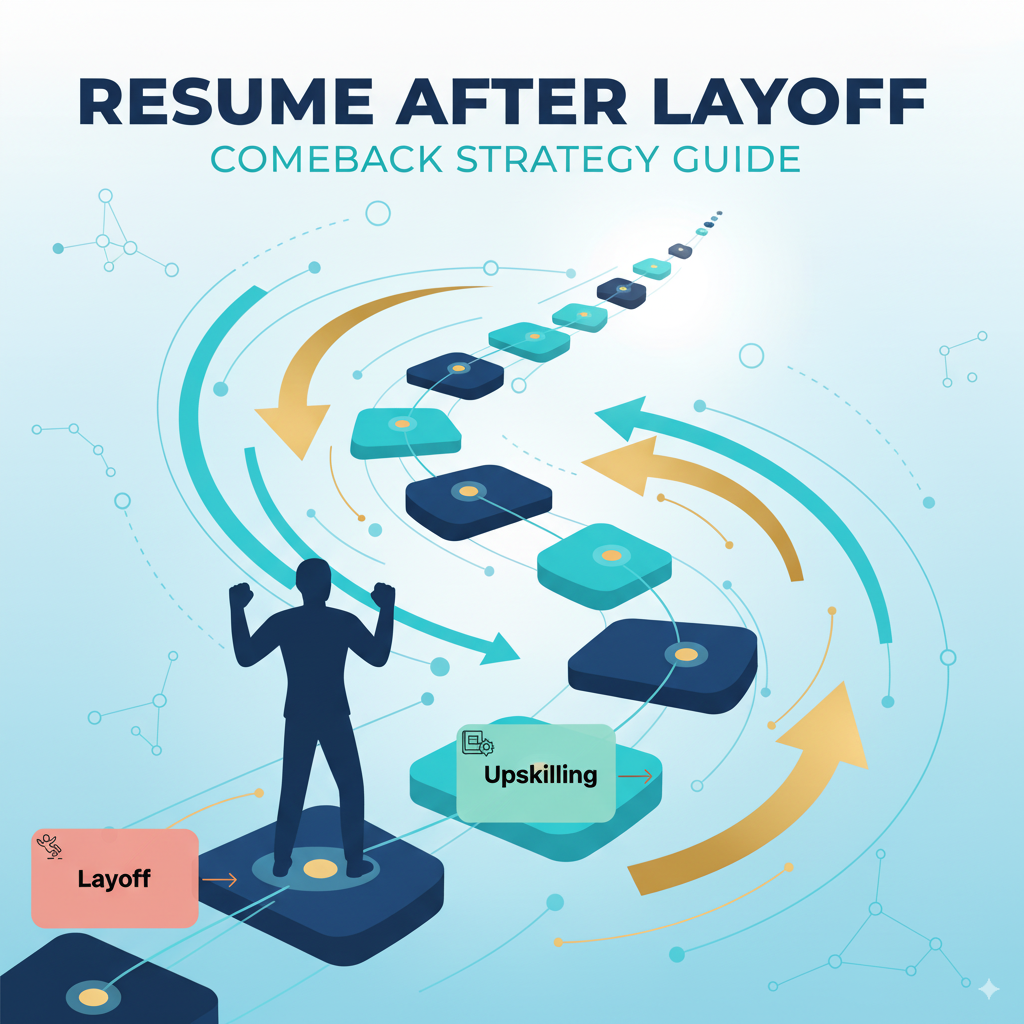
Professional displacement represents market dynamics rather than personal inadequacy. Today's competitive environment requires strategic narrative development that transforms career interruptions into compelling comeback stories through skillful positioning, relevant projects, and quantifiable accomplishments.

IBM is cutting thousands of jobs while simultaneously hiring thousands more. They're eliminating legacy roles while expanding in AI. They're reducing US headcount while growing in India. If this sounds confusing, that's because it is. Let's break down what's really happening at Big Blue.

Resumes are no longer read first by humans—they’re parsed, ranked, and filtered by Applicant Tracking Systems (ATS). If your resume doesn’t speak the algorithm’s language, it never reaches a human recruiter. Here’s how to build a resume that passes both: the bots and the bosses.

Recruiters aren't browsing LinkedIn hoping to find you. They're using Boolean search strings like '(VP OR "Vice President") AND (Sales OR Marketing) NOT Assistant' to filter through millions of profiles. If yours doesn't contain the exact keywords they search for, you're invisible. Here's how to fix that.

UPS cut 48,000 positions while profits beat expectations and shares jumped 7%. CEO Carol Tomé calls it the 'most significant strategic shift in company history.' The 48,000 who lost their jobs might call it something else.

30,000 Amazon employees woke up to layoff emails today—the largest cuts in company history. But the real story isn't just Amazon. It's what's coming for everyone else.

1,000 Paramount employees got layoff notices Wednesday. Another 1,000 are coming. But the real story isn't the numbers—it's the ultimatum buried in the fine print: Return to office 5 days a week in January, or take severance and leave.

Target cut 1,800 corporate employees while keeping stores untouched. The incoming CEO started as an intern 22 years ago. The contradiction isn't random—it's a playbook. Welcome to the era where loyalty gets you laid off, but knowing the system keeps you employed.

Meta just fired 600 AI researchers while spending $27 billion on data centers. The contradiction isn't the story. The pattern is. Welcome to the era where being good at AI isn't enough—you have to be the right kind of good.

Long term unemployment just hit its highest level since 2021. But some job seekers are breaking through in weeks while others spiral for months. The difference isn't luck—it's strategy.

Most job seekers waste 200+ hours applying blindly. Here's the data driven system that reverse engineers ATS algorithms to land interviews in 72 hours.

Every career expert says employment gaps are normalized now. Harvard research says otherwise. Here's why your 6 month gap is still costing you interviews—and the 4 formats that actually work.

You spent 40 hours perfecting your resume. Then you sent it to 100 jobs. And got... nothing. Here's why the 'one size fits all' resume is dead—and why tailoring by job description is the only strategy that actually works in 2025.

There's a resume sitting in a trash folder right now that could have landed someone their dream job.

While everyone's distracted by the shutdown drama, 32,000 jobs disappeared in September. The real story? You've been reading the room wrong this entire time.

Spent 47 hours scraping ATS systems. Found the exact AI terms that trigger callbacks. Plus: why 'Machine Learning' is killing your resume in 2025.

You're competing with 847 resumes for one job. Meanwhile, people with 1,000 followers get recruited without applying. Here's the shift.

Hiring managers scan 247 resumes. Yours gets 6 seconds. Unless you tell a story. Here's Ann Handley's framework that makes them read every word.

Qualcomm is preparing another round of job reductions as it reallocates for a post Apple, AI heavy chip market. Here’s a clear, strategic breakdown of the evidence, what it means for the semiconductor industry and employees, and a practical playbook — including how CV by JD can speed your job search during the transition.

The government just admitted 911,000 jobs didn't exist. But the real story isn't about the numbers—it's about what you're going to do tomorrow morning.

When a consulting giant cuts 11,000 jobs in 3 months and promises more, it's not just news—it's a roadmap to the future of work.

"If you can’t be first, be different. If you can’t be different, be better. And if you can’t be better, be strategic." — Tim Ferriss ish advice for the job hunt.

"You don’t rise to the level of your goals. You fall to the level of your systems." If the system is changing—change your system.

The cavalry isn’t coming. Your process is the product.
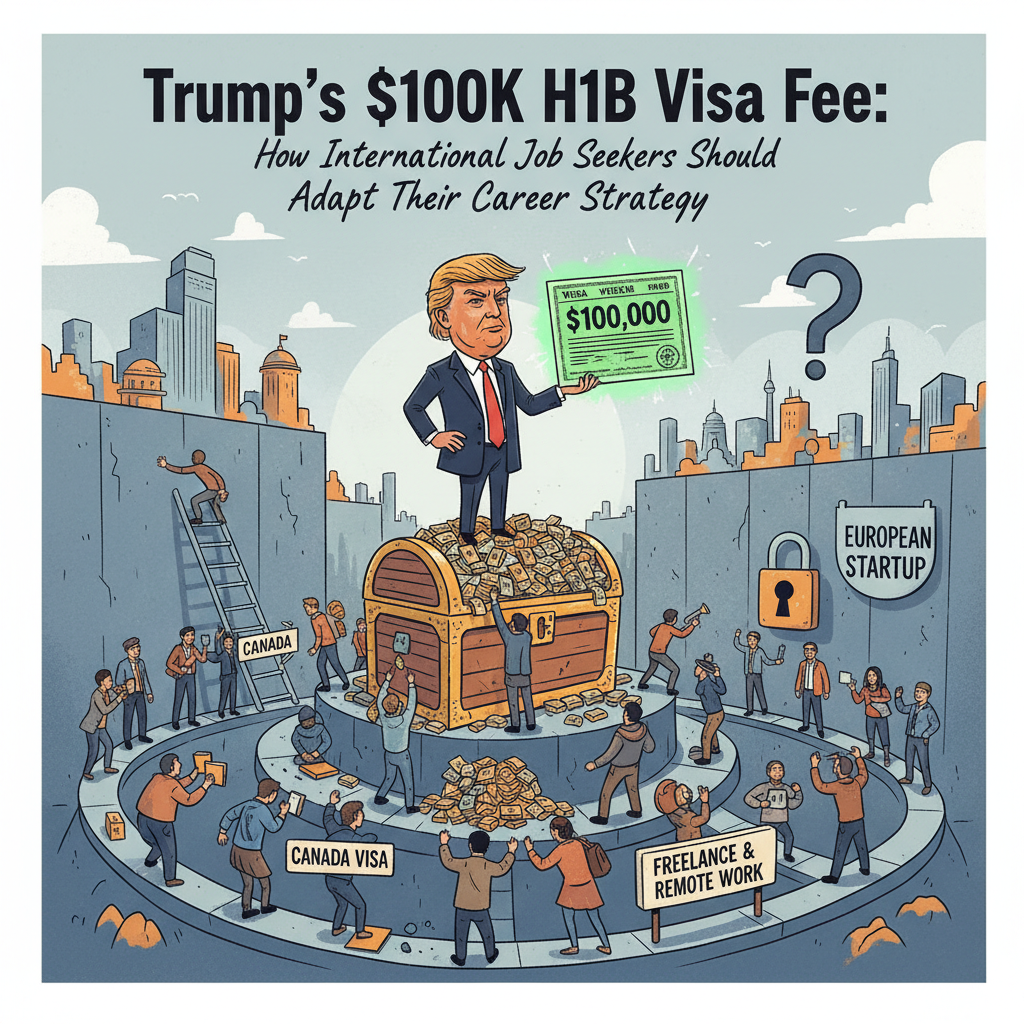
The September 19, 2025 executive order introducing a $100,000 annual fee for each H1B visa application has reshaped how US employers think about international hiring. According to recent policy updates, the fee—paid by employers—adds a substantial fixed cost to recruiting foreign talent, especially in technology where H1B utilization has historically been the highest. This shift presents both challenges and opportunities: while some companies will reduce sponsorship, others will double down on strategic foreign hiring where the return is clear. In this expert guide, you'll learn how to adapt your international career strategy, reposition your CV, and identify pathways that remain open in 2025 and beyond.

Immigration policies in 2025 have reshaped hiring strategies—but they haven't shut the door on international talent. According to recent data, several sectors continue to recruit globally due to persistent skill shortages and growth mandates. In this guide, you'll learn which industries are actively hiring, how to position your CV, and where to direct your job search for the best chances of success.

According to recent hiring data, 95% of Fortune 500 companies use an applicant tracking system (ATS) , and many mid market firms now add AI powered screening on top. If you apply without a strategy for ATS optimization 2025 , you risk being filtered out before a recruiter ever sees your profile. This guide shows you exactly how modern ATS works, how to format for maximum compatibility, and how to integrate keywords the right way—without stuffing.
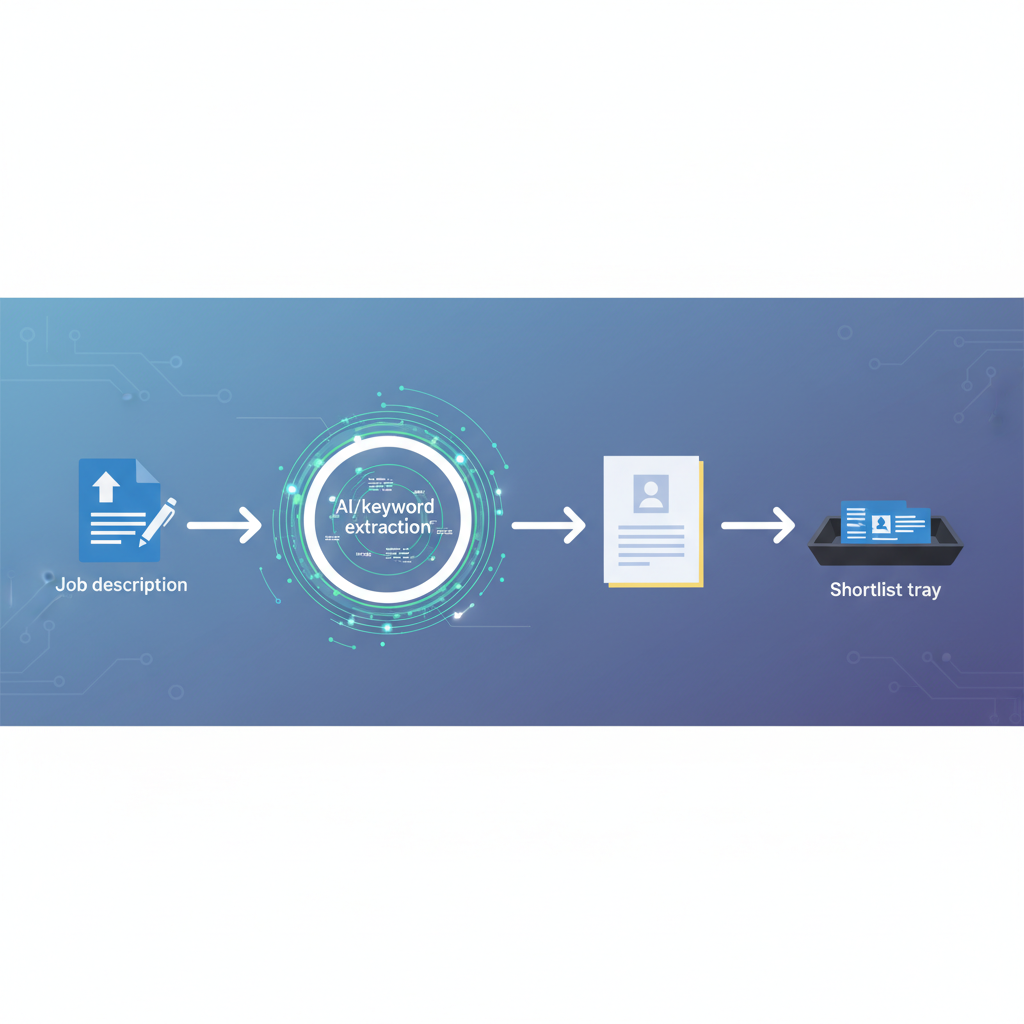
Immigration headwinds have accelerated the remote work opportunities trend. Companies can access global talent without visa costs or relocation logistics, and professionals can build international careers from anywhere. In this guide, you’ll learn where remote hiring is strongest, how to build a remote first CV, and how to stand out for global remote jobs .

Rapid technological change has widened the skills gap 2025 —but it also creates opportunity for those who upskill strategically. In this guide, we outline the most 2025 in demand skills , how to present them credibly on your CV, and how to build a targeted learning plan that aligns with employer priorities.

A new Gold Card visa pathway introduces a fast track option for high net worth professionals prepared to invest at scale. Announced alongside H1B changes, the program signals a policy tilt toward capital backed talent. Here's how it works, who qualifies, and how to position your executive CV for investor backed opportunities.

Policy changes are prompting many professionals to reconsider their career direction. While uncertainty can feel risky, it’s also a chance to reposition your skills toward more resilient industries. In this guide, you'll learn how to identify pivot friendly sectors, assess your transferable skills, and rebuild your narrative with a career change CV that earns interviews.

With the new visa realities—including higher H1B related costs—companies are recalibrating their sponsorship posture. Some large enterprises will keep sponsoring strategically; many startups will weigh alternatives and equity tradeoffs. This guide compares startup visa sponsorship and corporate H1B sponsorship , so you can choose the track that best fits your goals and risk profile.

Immigration shifts in 2025 are influencing where companies hire—and where international professionals thrive. Regional economics, cost of living, and community support vary widely. This guide analyzes US regional job markets 2025 and highlights immigration friendly cities so you can align your career plans with the location that fits your goals.

Policy changes can disrupt hiring cycles—but they also make professional networking 2025 more important than ever. With the right digital networking strategies , you can build warm connections, discover visa friendly employers, and convert conversations into interviews. This guide gives you a practical, step by step playbook tailored for international professionals.